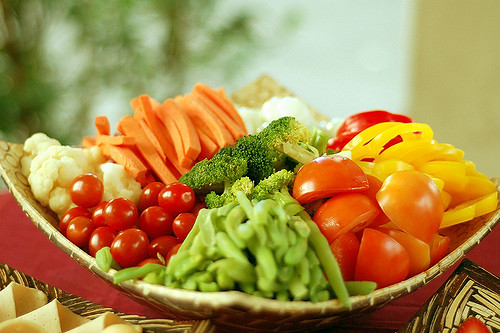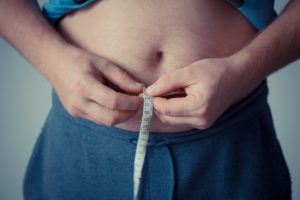Keto diets place lots of emphasis on burning fat and weight loss. The aim is to shed off weight and experience fewer cravings. The right combination will see a mood boost, fewer needs and feel energized. According to keto experts, slashing your curb consumption and eating up fats ensures you safely enter a ketosis date. Ketosis is the process where the body breaks down stored and dietary fat into ketones. The fat burning process mainly relies on fats instead of sugars. The keto diet is accompanied by extreme dietary restrictions, for instance, around 20 grams in fat within 24 hours.
The keto diet arises from the therapeutic ketogenic diet. Clinically, ketogenic diet relies on neurologic medicine to reduce seizures experienced in children. Studies reveal other benefits of brain conditions such as Alzheimer’s or Parkinson’s disease.
Keto Diet – Genesis
A while ago, the keto diet was introduced as a form of weight loss. As of 2012, thousands of dieters received high-in-ft liquid diets through feeding tubes inserted down the nose. The study showed a weight loss of just about 20 pounds among participants. The researchers noted minor side effects such as fatigue. Today there are several versions of keto diets and are detailed in journals, books, and editorials.
 How the Keto Diet Works
How the Keto Diet Works
You can adjust to the keto diet indefinitely, use it as a weight loss plan. Foods rich in fat are key, protein must be moderate, and carbs should be avoided at all costs. Here are some tips on consuming keto:
Educate yourself on the right set of carbs and familiarize with fatty foods. Before you jump in, start with low carb vegetables in the grocery store. Investigate other sources of grass-fed meat or hidden sugar. Your sugar cravings do not just disappear overnight. You will have to stock up on keto-friendly desserts such as nut butter and dark chocolate. Your first week of carb withdrawal will reveal symptoms such as headaches, muscle aches, fatigue, and mental fogginess.
As the diet shifts to the second and third week, you will feel much better. Dits that are low in carbs and high in fat are a more natural habit. As you approach the fourth week, you will experience weight loss.
Try to pick the right foods as this will help you get closer to a keto diet. Rather than lean meats, go for skin-on poultry or the fat chicken thighs. Other alternatives are grass-fed beef, salmon, pork shoulder or bacon. Leafy greens such as cucumber, cauliflower, and broccoli are healthy choices. Avoid starchy food such as potatoes, carrots, parsnips, and turnips.
Oils such as olive, avocado, palm, and flaxseed are other alternatives. Ghee and clarified butter help when cooking your spread. Begin the day with a nut-butter latte, tea or coffee, and throw in bacon or eggs as a breakfast staple. Go for the whole-fat milk, cheese, and other dairy products.
Conclusion
There are several signs one might use to achieve ketosis. Some are subjective while others are different. DIY urine, blood test results, positive changes in mental focus, among others are some of the indicators of ketosis.


 How the Keto Diet Works
How the Keto Diet Works